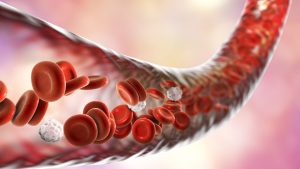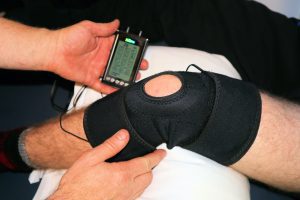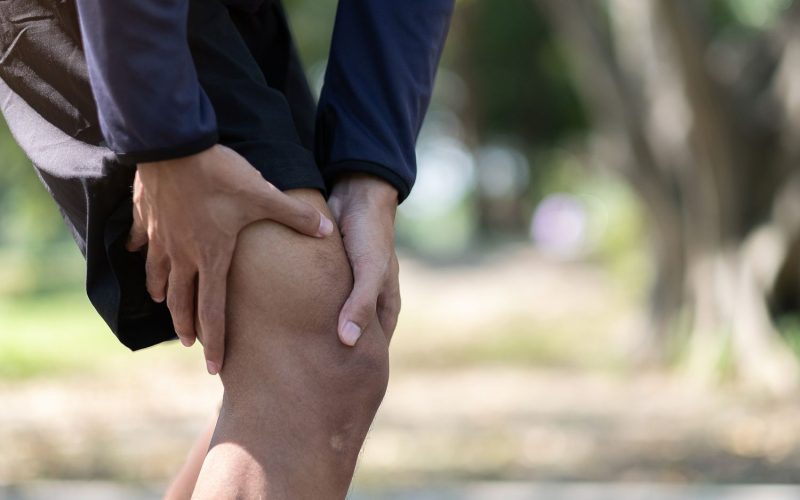Introduction:
Have you ever found yourself wondering why your legs ache when the temperature drops? The connection between Knees Hurt in the Cold, particularly in the hips, knees, and ankles, has long intrigued individuals. In this article, we will delve into the intricate reasons behind this phenomenon and explore effective strategies to alleviate discomfort, ensuring you can navigate the winter season with ease.
Why Leg Pain Occurs in Cold Weather:
The discomfort experienced in weight-bearing joints during cold weather, particularly during physical activities, can be attributed to various factors. Restricted blood flow, changes in atmospheric pressure, and the thickening of synovial fluid are among the leading theories. However, despite numerous hypotheses, a consensus on the definitive cause remains elusive, and the experience varies from person to person.

The Cause of Leg Pain in Cold Weather:
As the colder months set in, the body undergoes a fascinating response to conserve heat. Blood is redirected to vital organs in the midsection, such as the heart, lungs, and digestive organs. Consequently, blood flow to extremities like the legs, knees, arms, and shoulders decreases. This reduced blood flow causes blood vessels at the joints to constrict, resulting in stiffness and a sensation of coldness, ultimately leading to pain and discomfort. While this explanation holds true for outdoor activities, it fails to completely elucidate why some individuals experience leg pain indoors despite being in a warm environment.
Reducing Cold Weather Leg Pain:
To mitigate discomfort and enhance your winter experience, consider incorporating the following practices into your routine:
- Warm-up exercises: Begin your outdoor activities with a thorough warm-up to boost blood flow, reduce joint stiffness, and prevent injuries.
- Layered dressing: Embrace the art of layering to counteract the initial shock of winter running. Cover extremities to reduce blood flow requirements, enabling optimal circulation to joints and soft tissues.
- Continuous movement: Avoid sudden stops during your exercise routine. Maintaining mobility prevents muscle tightness, sustains joint flexibility, and preserves your rhythm.
- Proper cooldown: Post-exercise stretching is crucial to alleviate muscle tightness. A short walk or light jog after a run helps supply oxygenated blood to muscles, aiding in recovery.
- Indoor workouts: On days when the weather is particularly harsh, opt for indoor exercises. Whether it’s a cardio session on the treadmill or other indoor activities, staying warm is key to preventing joint discomfort.

What to Do If Leg Pain Persists:
If preventive measures fall short and leg pain persists, seeking professional advice becomes paramount. A consultation with a physical therapist or orthopedist can provide insight into the root cause and offer tailored remedies. Furthermore, cultivating healthy habits contributes to overall joint health. Focus on maintaining a healthy weight, adopting a balanced diet, staying physically active, and fortifying leg tendons, muscles, and bones.
Cold Weather Leg Pain
- Cold Legs from the Knee Down: Persistent coldness in the legs may indicate underlying conditions like peripheral artery disease or poor circulation. Consultation with a doctor is crucial for accurate evaluation.
- Impact of Cold Weather on Joints: Many individuals report increased joint pain, weakness, grinding, and overall soreness in cold weather. The precise reason behind this phenomenon remains somewhat mysterious.
- Barometric Pressure and Pain: A potential explanation for cold weather-induced pain lies in reduced barometric pressure. As temperatures drop, soft tissues may expand, heightening nerve sensitivity and impairing blood circulation.
- Relieving Knee Pain in Cold Weather: Beyond the simple solution of staying indoors, maintaining knee health and function requires a multifaceted approach. Strengthening quadriceps, staying hydrated, using knee sleeves or wraps, and seeking professional guidance from an orthopedic doctor are recommended strategies.

Conclusion:
Effectively navigating and understanding leg pain in cold weather involves a combination of preventive measures, adaptive practices, and seeking professional advice when necessary. By incorporating warm-up routines, strategic dressing, and indoor workouts into your winter regimen, you can minimize discomfort and maintain optimal joint health. Remember, each individual’s experience may vary, and consulting with experts ensures personalized guidance for a pain-free winter season.












